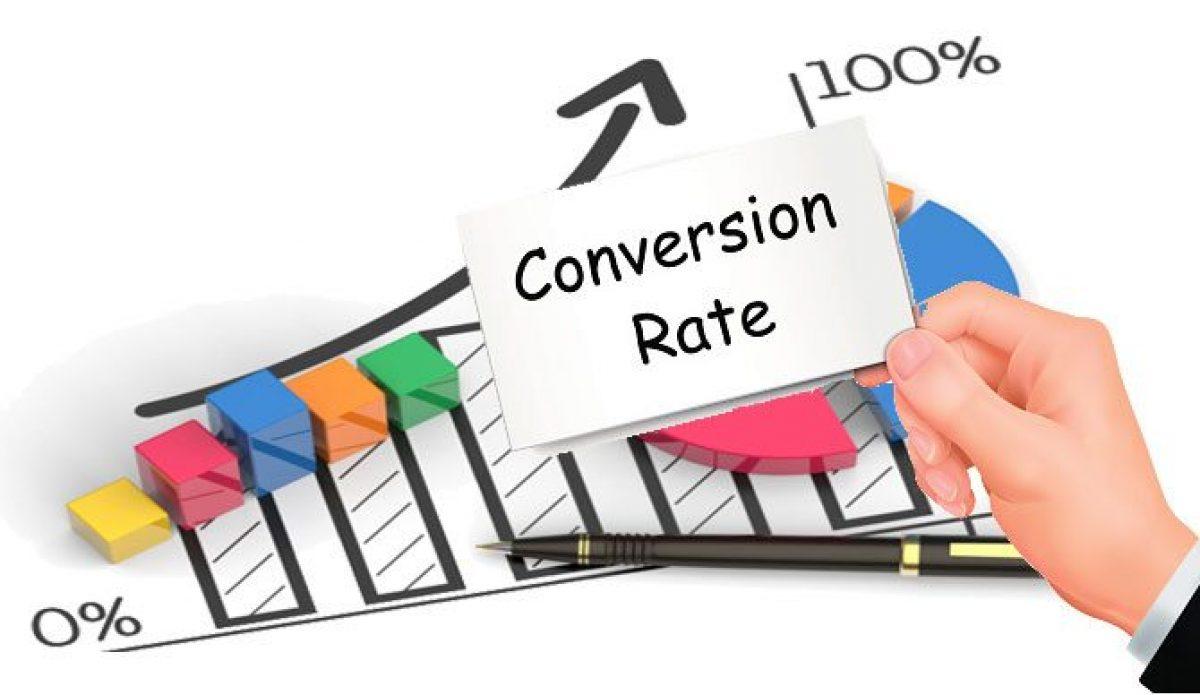



In the fast-paced world of digital marketing, pay-per-click (PPC) advertising stands out as a powerful tool for driving targeted traffic and boosting conversions.However, as the landscape becomes increasingly competitive, merely investing in PPC campaigns isn’t enough; understanding their performance is crucial. Enter Key Performance Indicators (KPIs)—the vital metrics that reveal the effectiveness of your advertising efforts. Weather you’re a seasoned marketer or a curious newbie, knowing which KPIs to track can mean the difference between a profitable campaign and a missed prospect. In this article, we delve into the eight most important PPC KPIs you should be monitoring to optimize your strategies, enhance your ROI, and ensure your campaigns achieve their fullest potential. Join us as we explore each metric, its significance, and how it can inform your decisions in the dynamic realm of PPC.
Success in Pay-Per-Click (PPC) advertising isn’t just a matter of setting up campaigns and hoping for the best. it relies heavily on continuous monitoring and optimization based on key performance metrics. To ensure you’re on the right track, here are essential metrics you should pay close attention to:
Another crucial set of metrics includes:
In tracking these metrics, remember that they should be contextualized within specific goals and benchmarks relevant to your industry.Leveraging data analytics tools can make it easier to gather these insights and adjust your PPC strategies accordingly for maximum impact.

Click-through rate (CTR) serves as a powerful indicator of your campaign’s effectiveness in capturing audience attention. By measuring the percentage of users who click on your ad after viewing it,CTR directly reflects how compelling your messaging and visuals are. A high CTR suggests that your ads resonate well with your target audience, encouraging engagement and potential conversions. It’s important to regularly analyze this metric, as a declining CTR might indicate that your ad copy or targeting needs adjustment to better appeal to your prospective customers.
Moreover, a strong CTR not only enhances your campaign performance but can also improve your quality Score in pay-per-click advertising platforms. A better Quality Score can lead to lower costs per click (CPC) and increased ad visibility, perhaps boosting overall campaign success.To optimize your CTR, consider the following strategies:

To truly maximize your return on ad spend (ROAS), it’s essential to keep a close eye on key performance indicators (KPIs) that serve as vital signposts along your campaign’s journey.By consistently monitoring these metrics, you’ll not only be able to gauge the effectiveness of your ad spend but also uncover valuable insights that can help optimize your strategy. Focus on conversion rates, cost per acquisition, and click-through rates as foundational KPIs.They will guide your decision-making process and ensure that your budget is being allocated wisely to yield the best possible results.
Moreover, don’t overlook the importance of quality score—it reflects how relevant your ads are to the target audience. A higher quality score can lead to lower costs and better ad placement. Consider implementing a conversion tracking system, which will allow you to connect your ad performance directly to sales and revenue generation. Regularly review a dashboard that includes these KPIs to visualize trends and anomalies. A table summarizing your weekly performance might look like this:
| Week | Ad Spend ($) | Conversions | Cost per Acquisition ($) | Conversion Rate (%) |
|---|---|---|---|---|
| 1 | 500 | 20 | 25 | 4% |
| 2 | 600 | 30 | 20 | 5% |
| 3 | 450 | 15 | 30 | 3.3% |
By scrutinizing these metrics, adjusting your campaigns accordingly, and continuously seeking improvement, you will create an environment where increasing returns on your ad spend becomes not just an aspiration but a tangible outcome of your marketing efforts. A commitment to strategic KPI monitoring lays the foundation for data-driven decisions, leading to a robust advertising strategy that effectively meets your business goals.

Understanding the nuances of conversion rates is vital for optimizing your PPC campaigns. To unlock the full potential of your advertising efforts, consider diving deep into the following strategies:
Another effective approach is to closely monitor your metrics and adjust your campaigns in real-time. Consider tracking:
| Metric | Importance |
|---|---|
| Click-through Rate (CTR) | indicates ad relevance; higher CTR frequently enough leads to better quality scores. |
| Cost Per Acquisition (CPA) | Helps gauge the financial viability of your campaigns. |
| Return on Ad Spend (ROAS) | measures the revenue generated per dollar spent on advertising. |
By finely tuning these elements,you can significantly enhance the effectiveness of your PPC strategies and drive higher conversion rates.
As we wrap up our exploration of the 8 most critically important PPC KPIs you should be tracking, it’s clear that understanding these metrics is crucial for optimizing your campaigns and achieving your advertising goals. each KPI serves as a piece of a larger puzzle, offering insights that can inform your strategies and drive better results over time.
By diligently monitoring these key performance indicators—be it Click-Through rate, Conversion rate, or Return on Ad Spend—you not only gain clarity on your current performance but also enhance your decision-making capabilities for future initiatives. Remember, the landscape of digital advertising is ever-evolving, and your adaptability in measuring and responding to these KPIs can set you apart from the competition.
So, take this newfound knowledge, dive into your data, and let the numbers guide you toward greater efficiency and effectiveness in your PPC campaigns. Your next breakthrough could be just a click away!